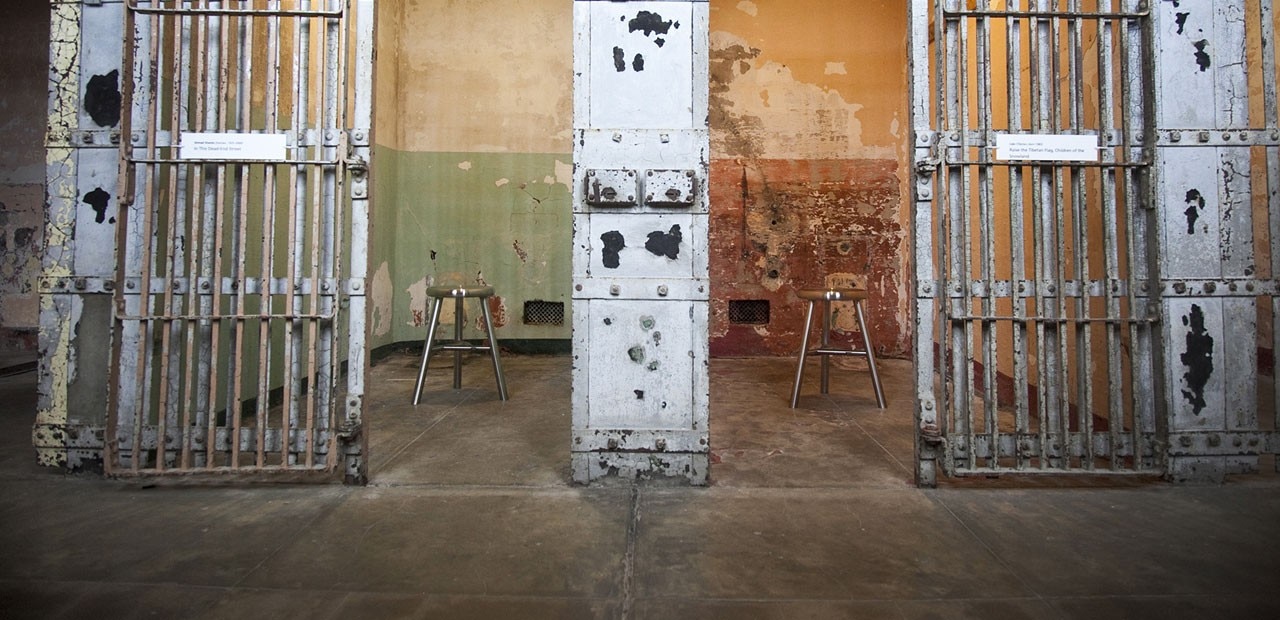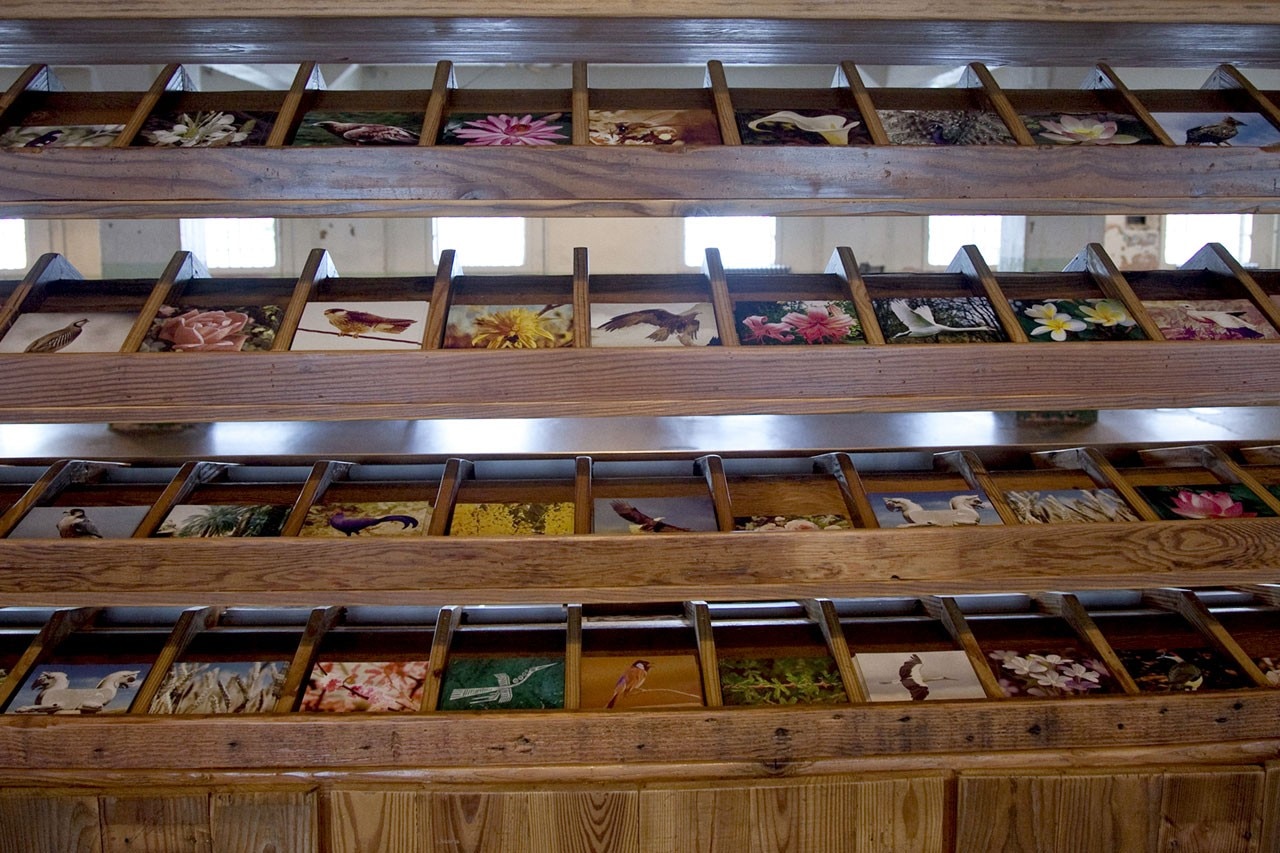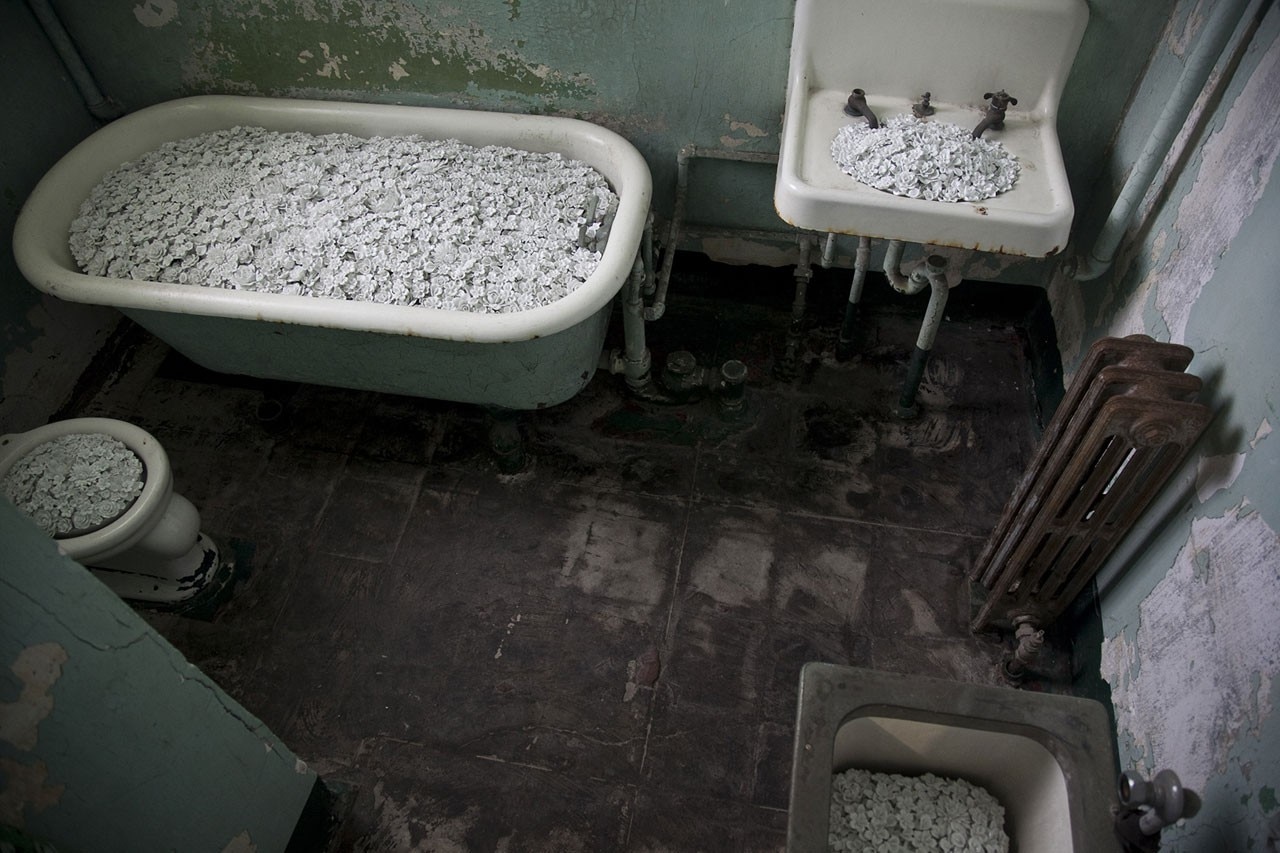
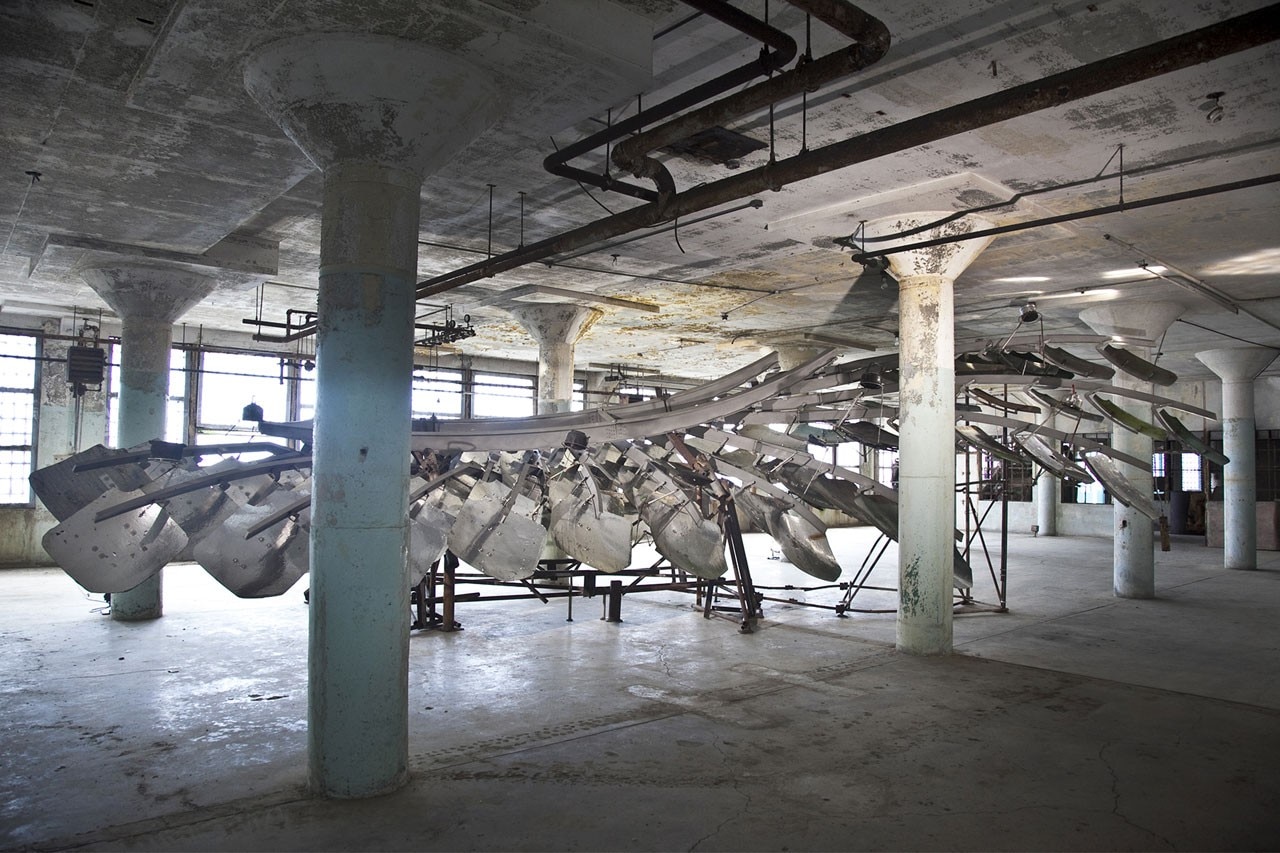
For Ai Weiwei, the inspiration for the exhibition is not simply an exploration of social issues or artistic themes; it is rooted in the reality of his life. In spring 2011, he was detained by the Chinese government for 81 days on charges of tax evasion.
Following his release, he was prohibited from leaving Beijing for one year, and he is still forbidden to travel outside of China. Because Ai Weiwei could not visit Alcatraz, he developed the works in his Beijing studio with support from the presenting partners, Bay Area volunteers, and Amnesty International, which provided research material.
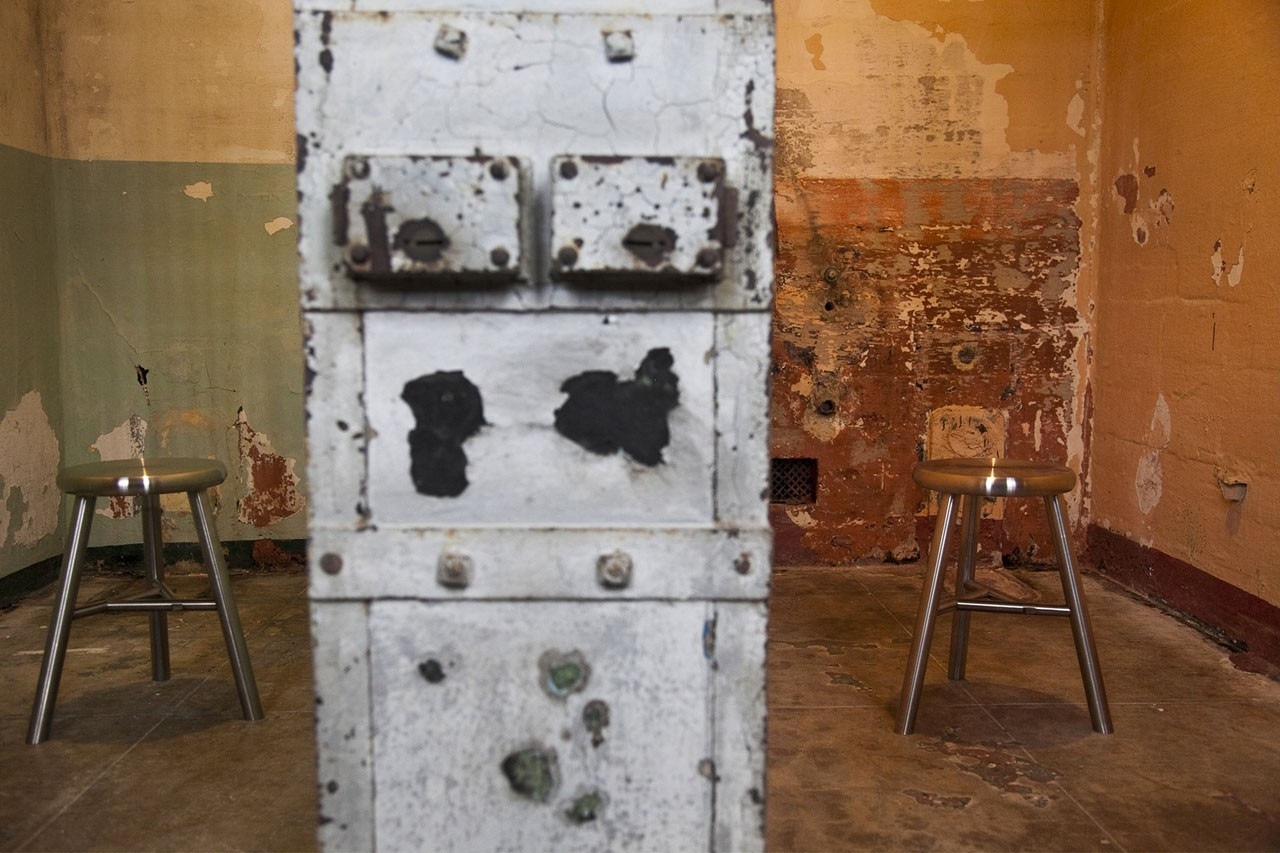
The works in “@Large” balance political impact with aesthetic elegance, presenting the viewer with objective information and evoking a deeper understanding of underlying themes. Images of birds and wings metaphorically invoke freedom and creativity, while research-based works keep the visitor grounded in specific realities. Several of the installations directly reference the experiences of individuals deprived of their rights for actively expressing their beliefs.
“The misconception of totalitarianism is that freedom can be imprisoned. This is not the case. When you constrain freedom, freedom will take flight and land on a windowsill,” said Ai Weiwei.
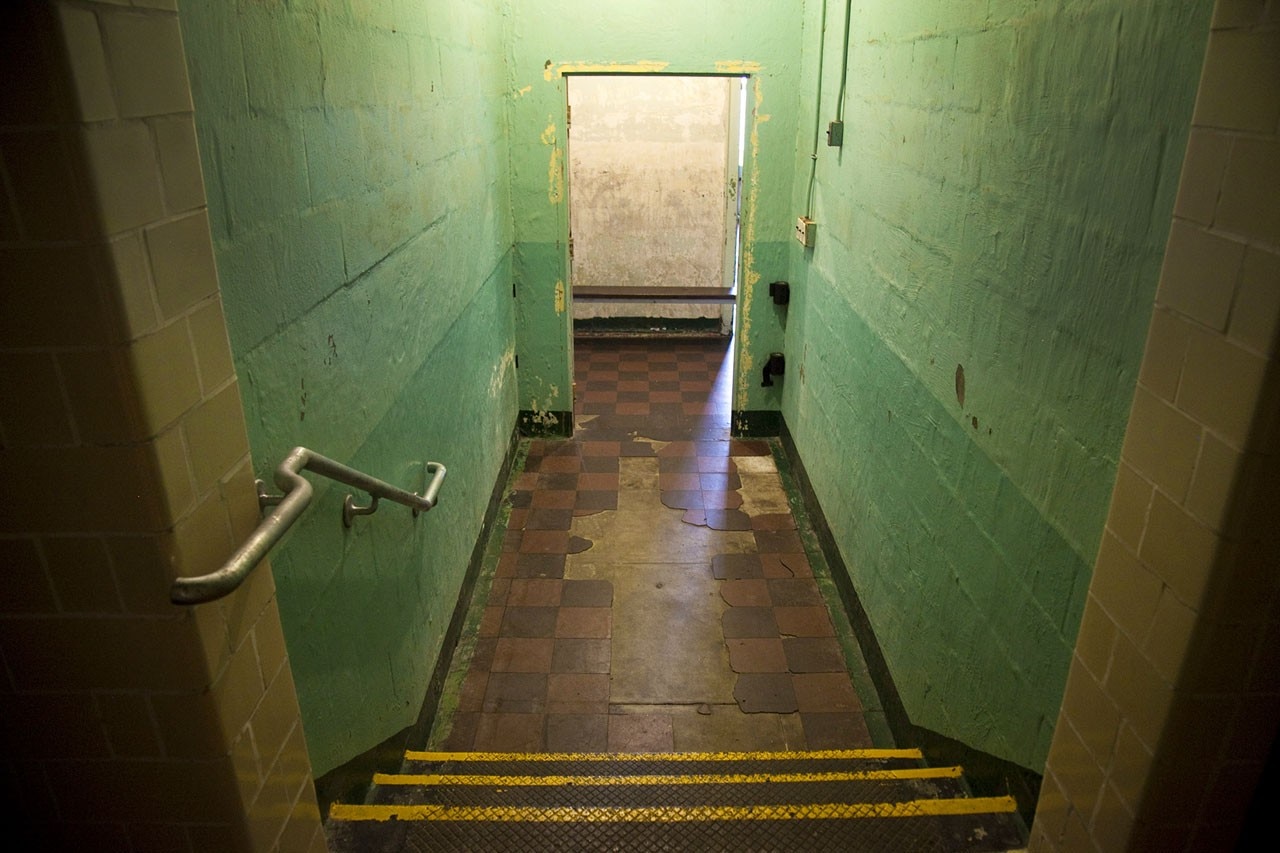
 View gallery
View gallery

ai-illumination
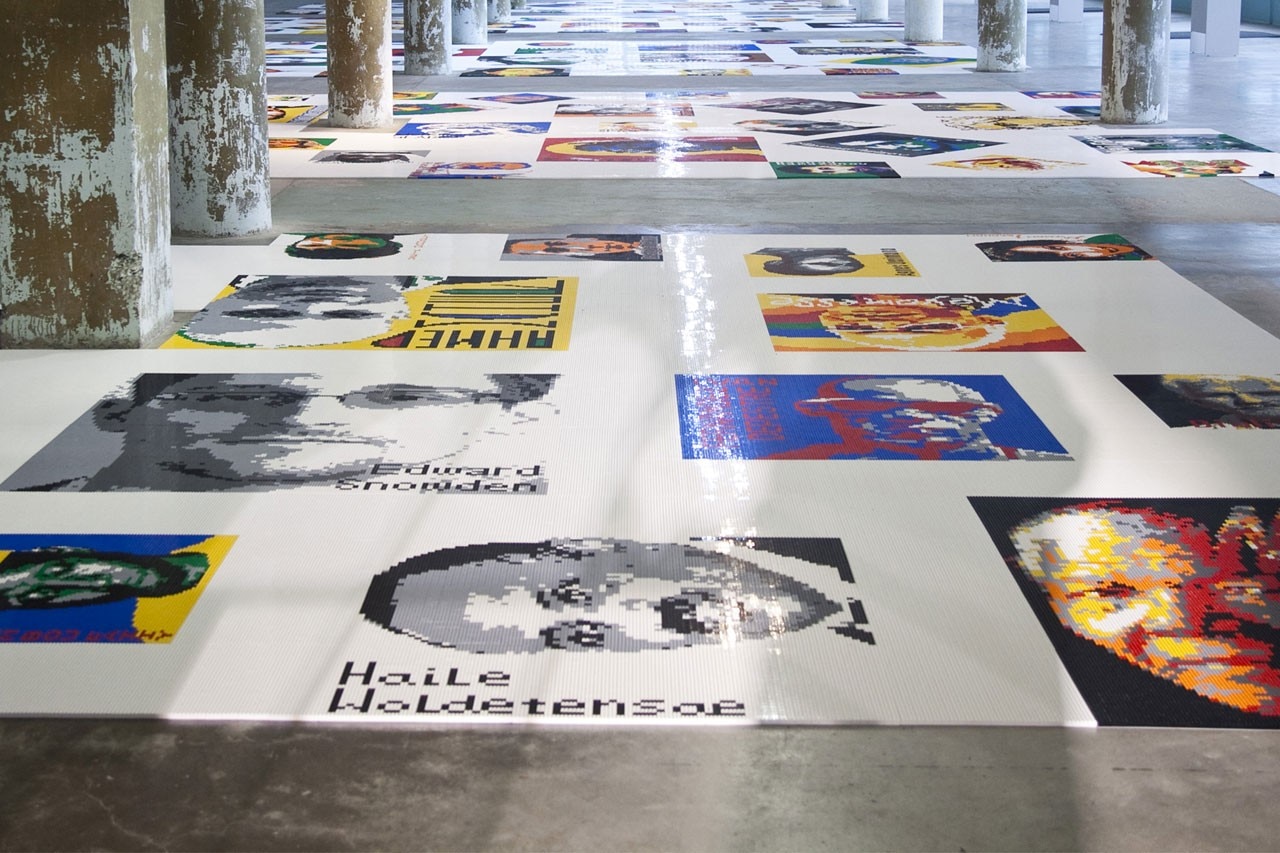
ai-trace-detail-1
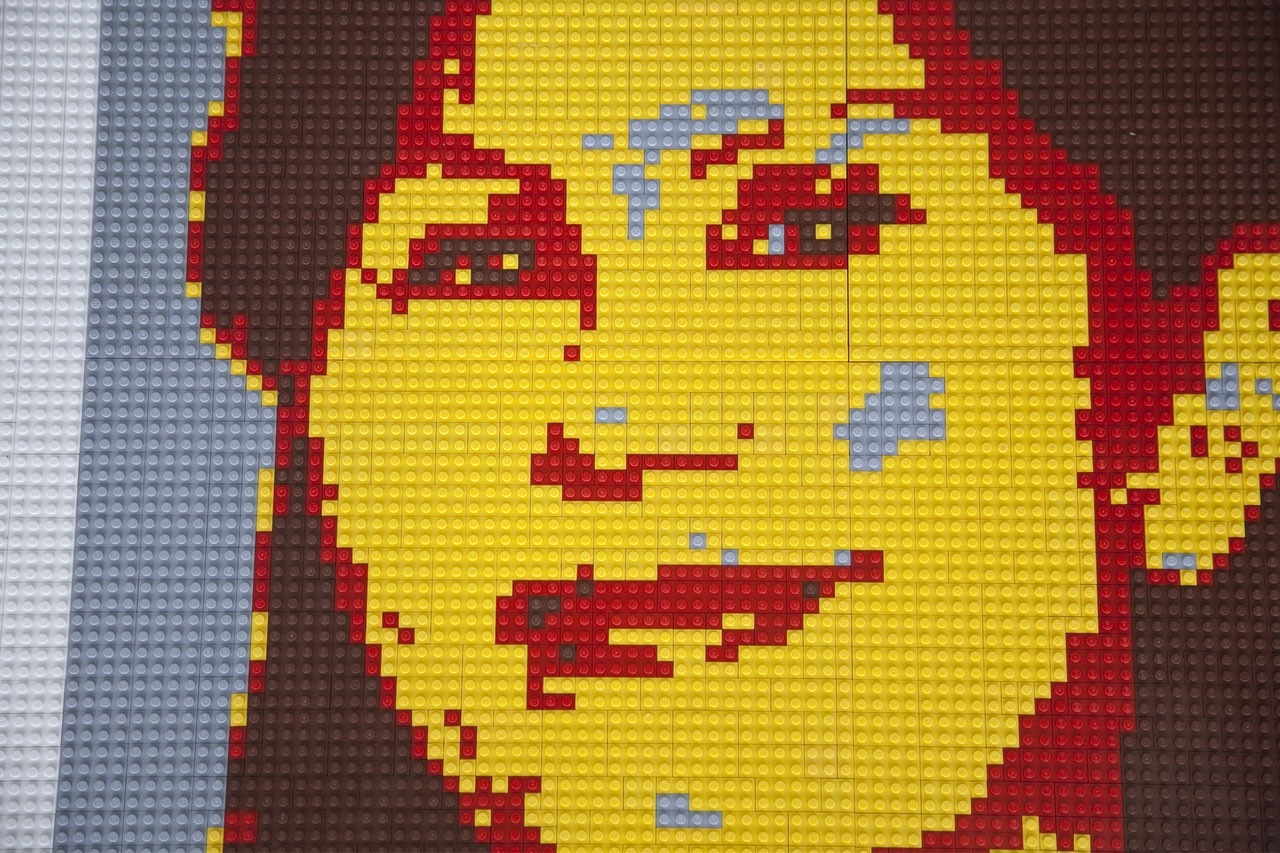
ai-trace-detail-2
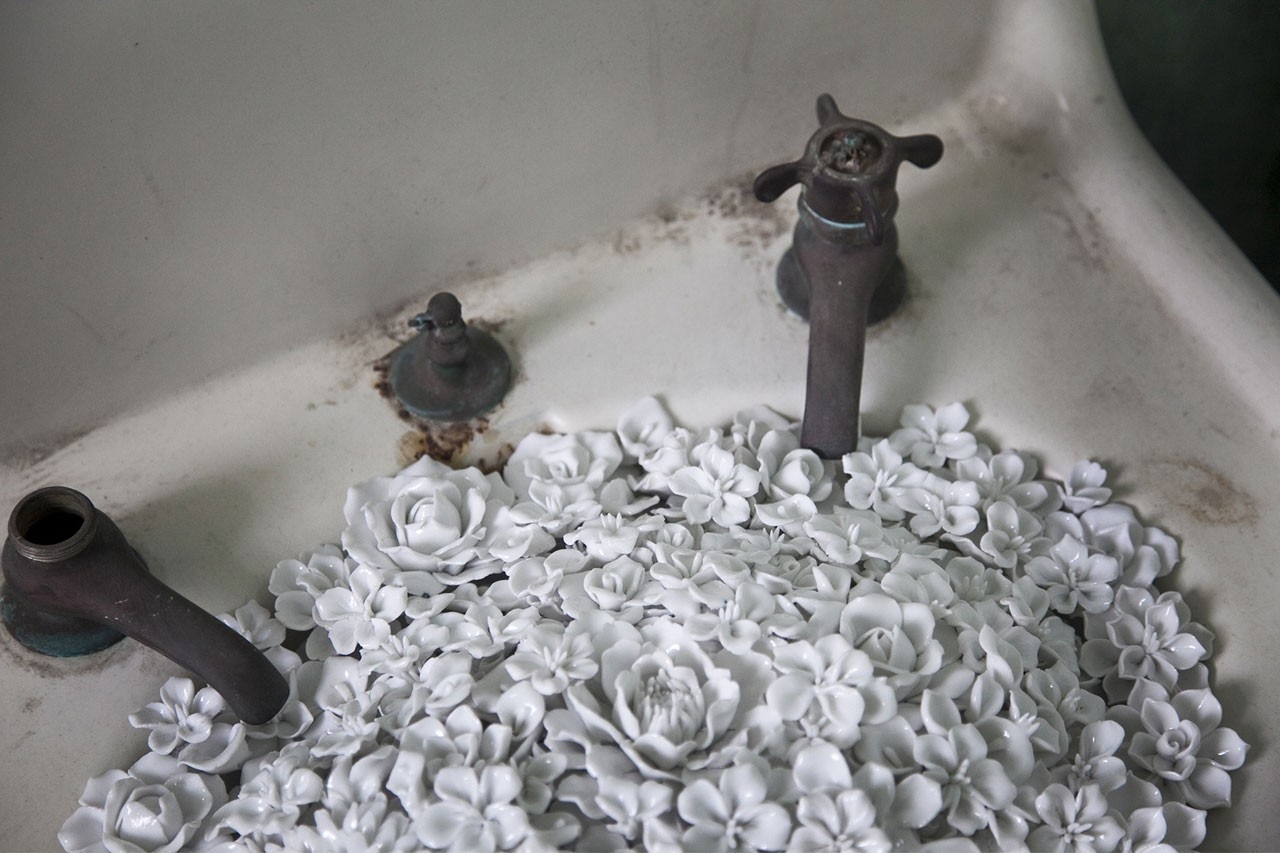
ai-blossom-detail-1
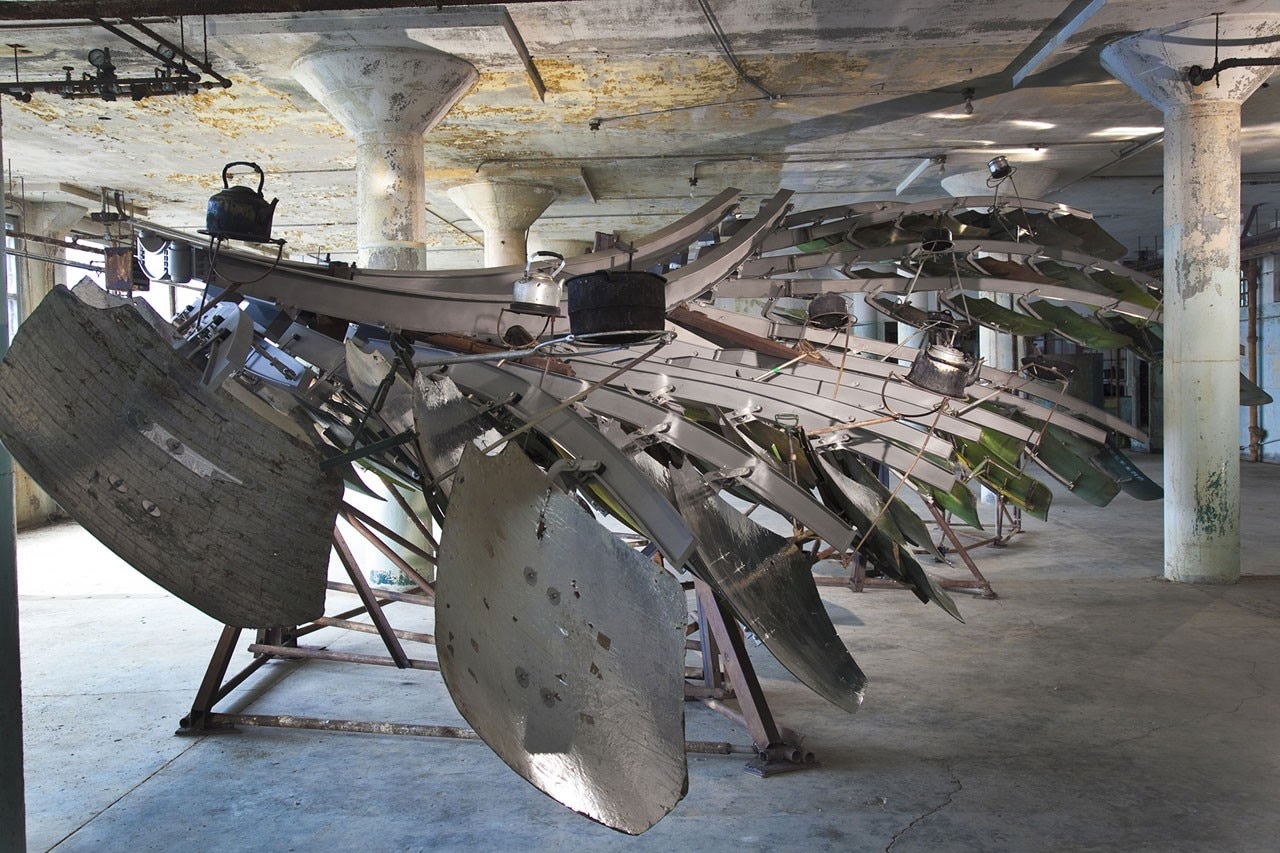
ai-refraction-1
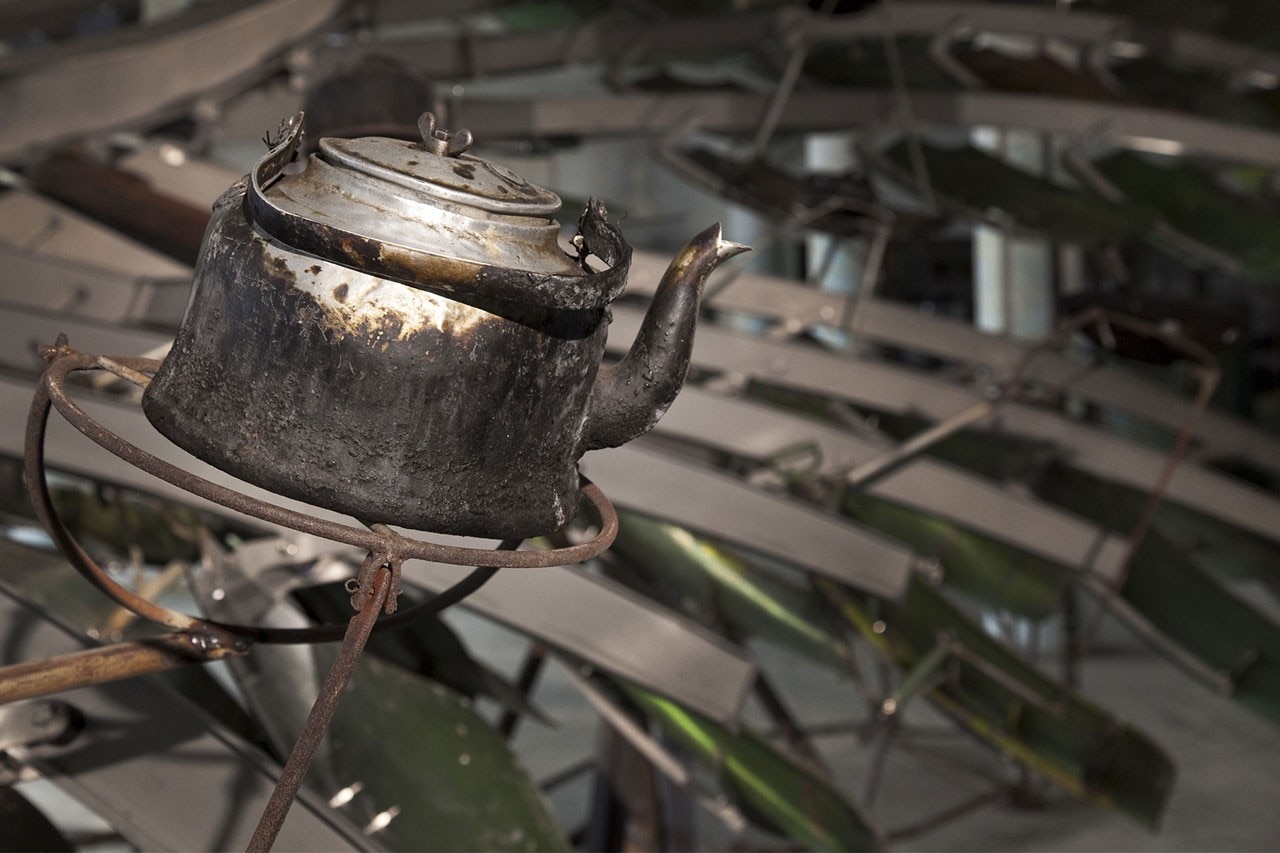
ai-refraction-detail-1
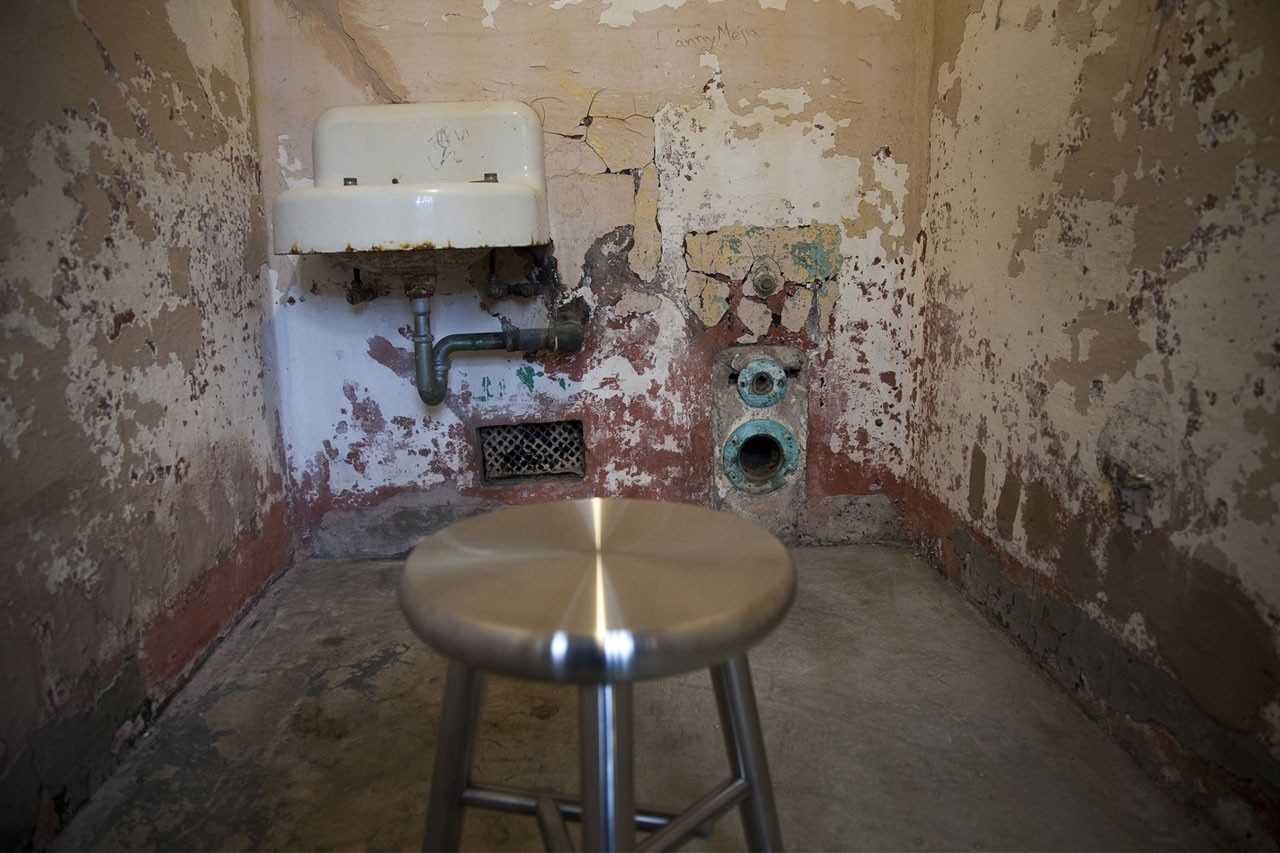
ai-stay-tuned-detail-2
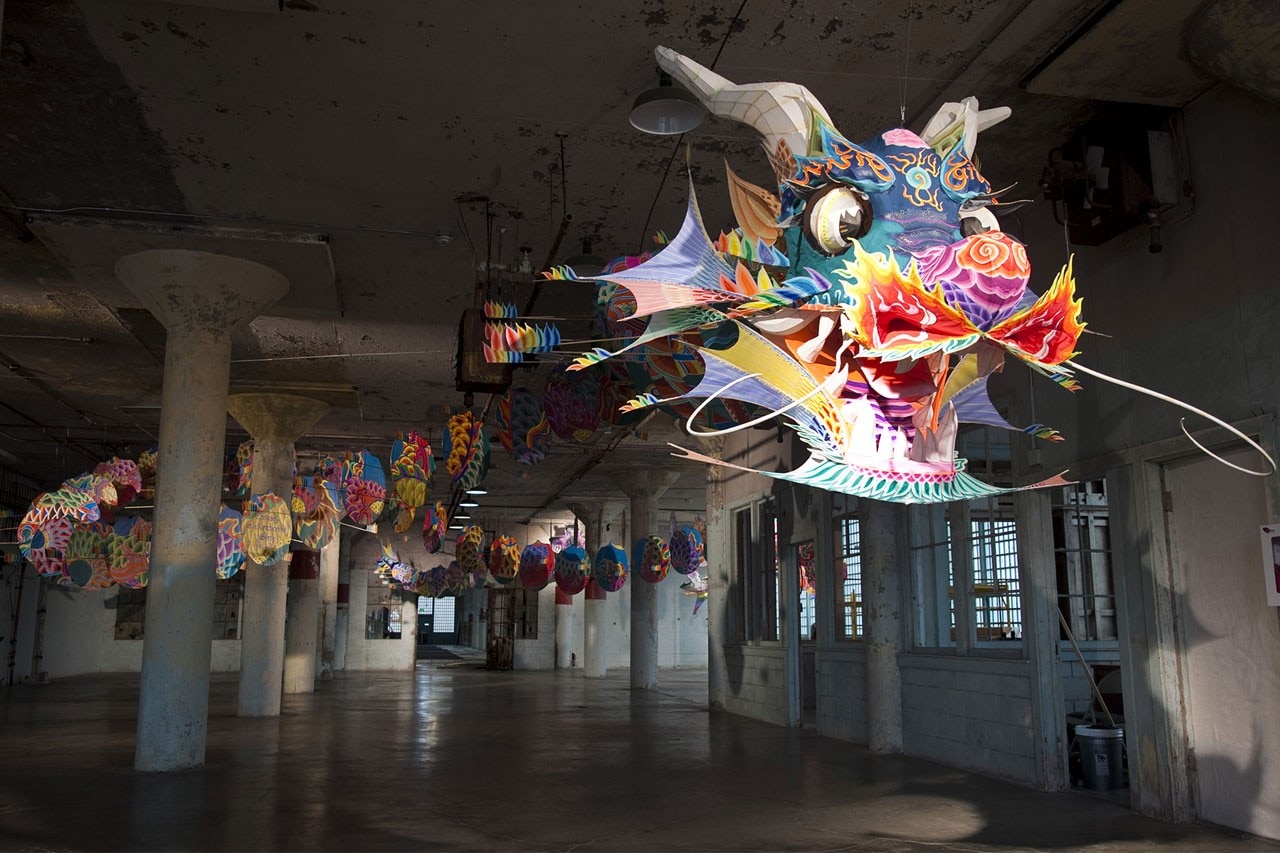
ai-with-wind-1
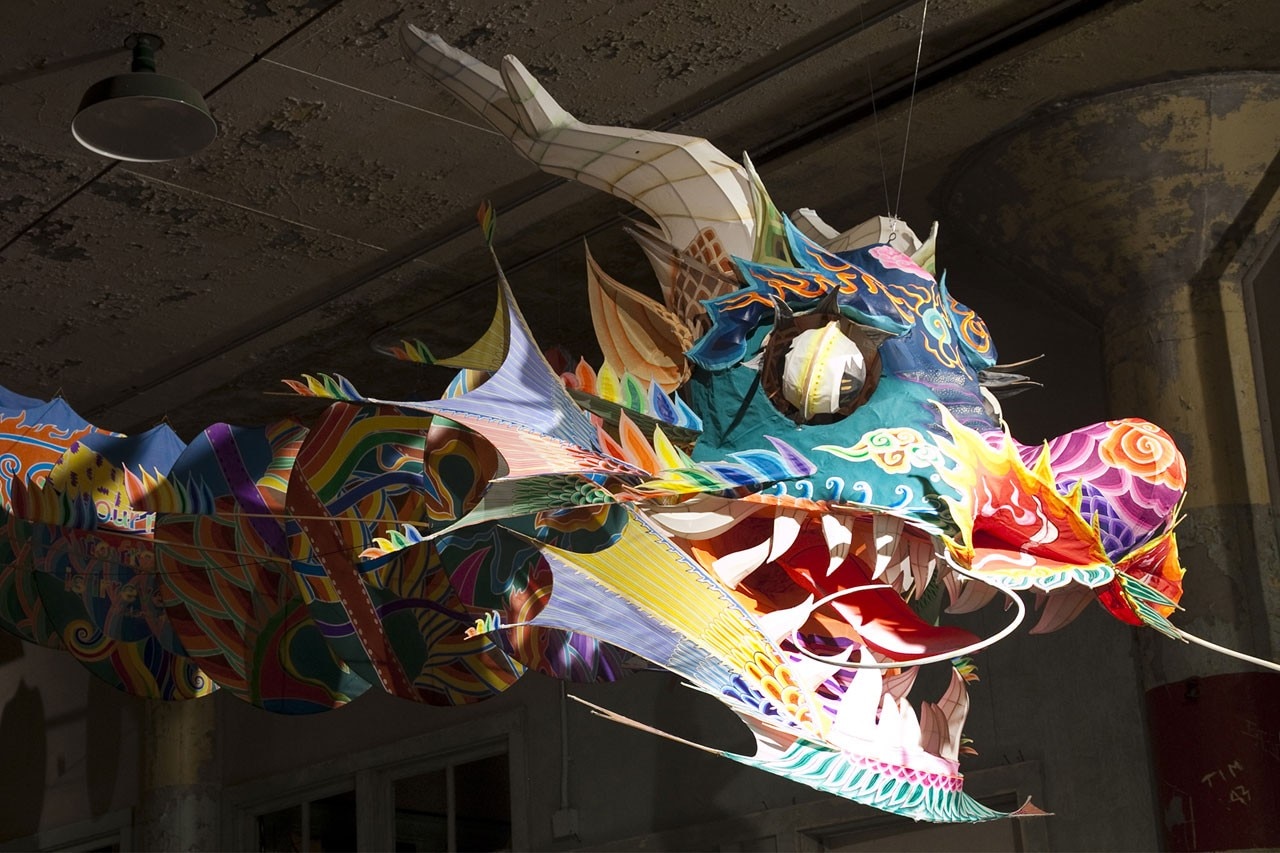
ai-with-wind-detail-1
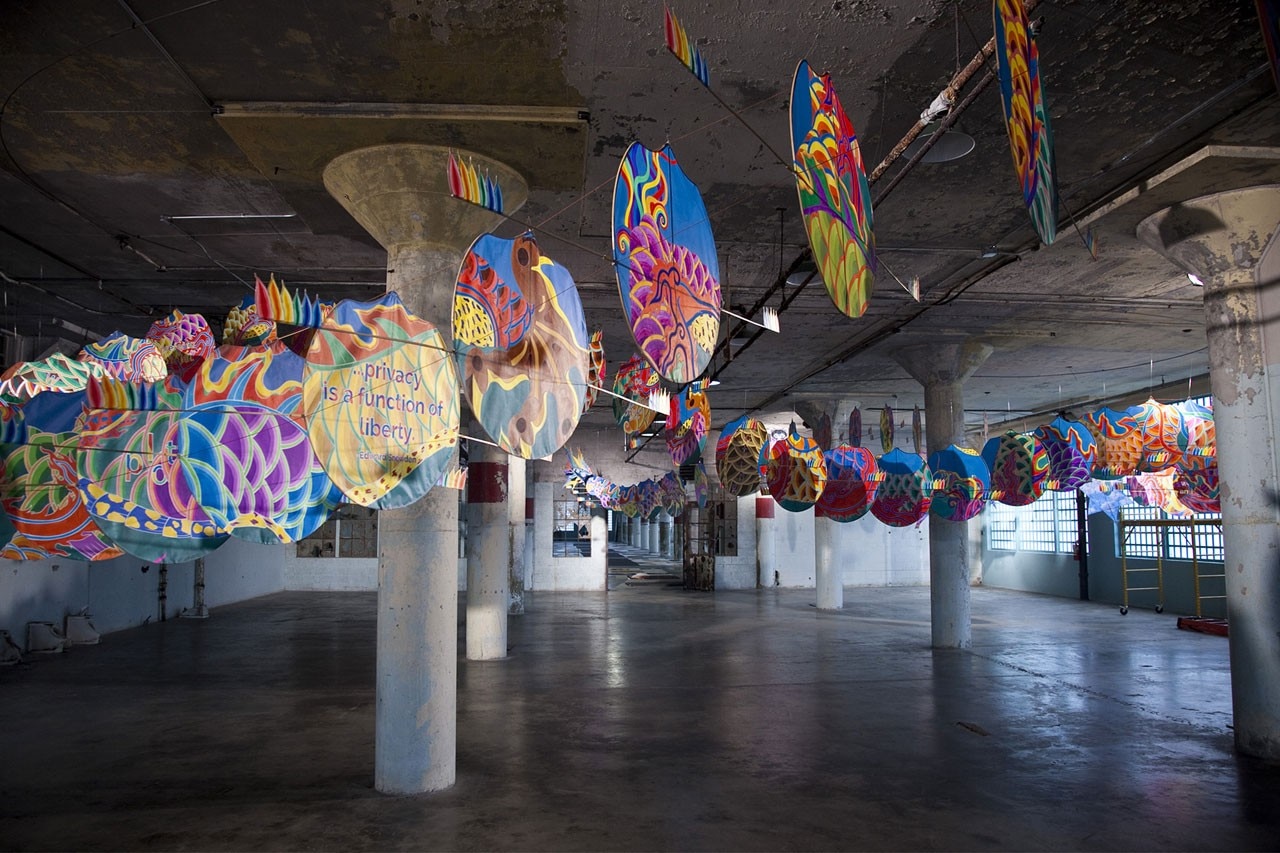
ai-with-wind-detail-2
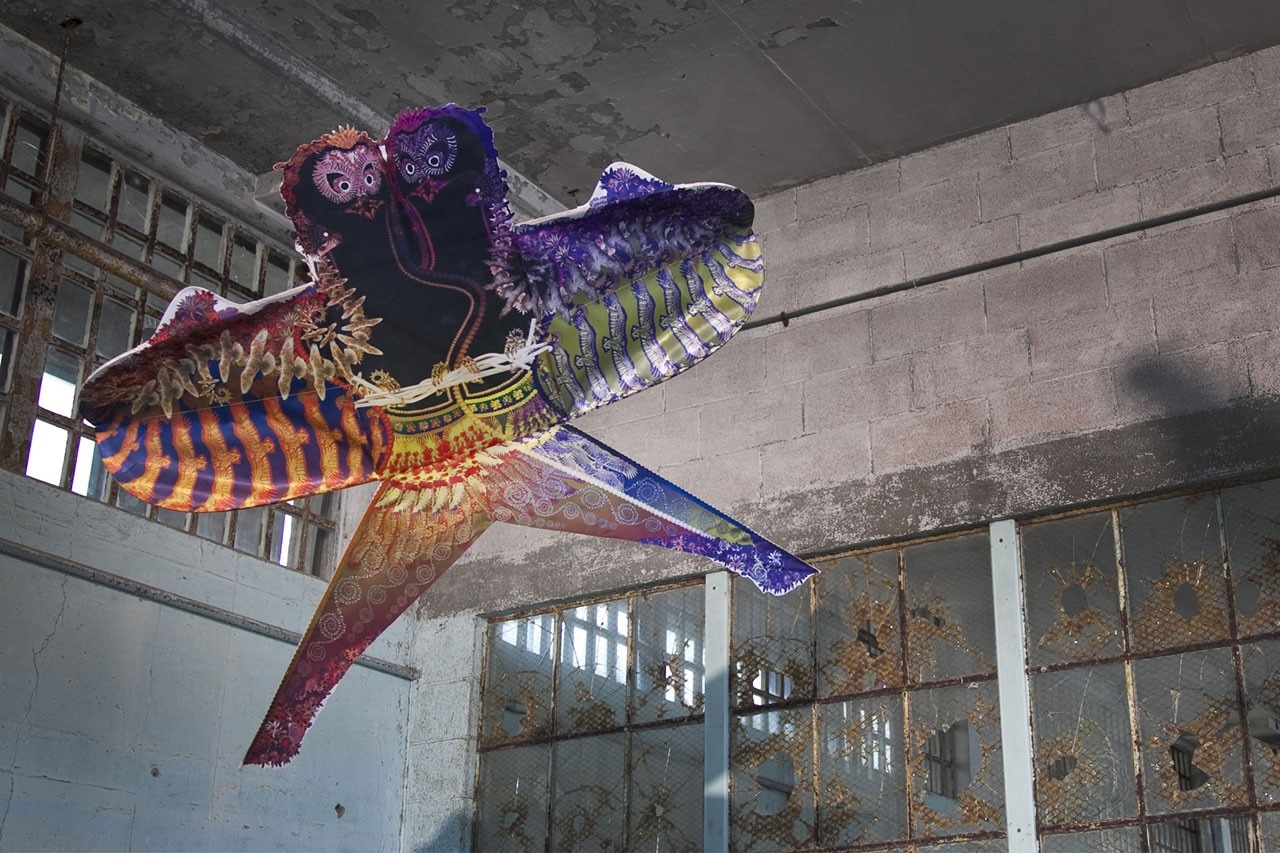
ai-with-wind-detail-3
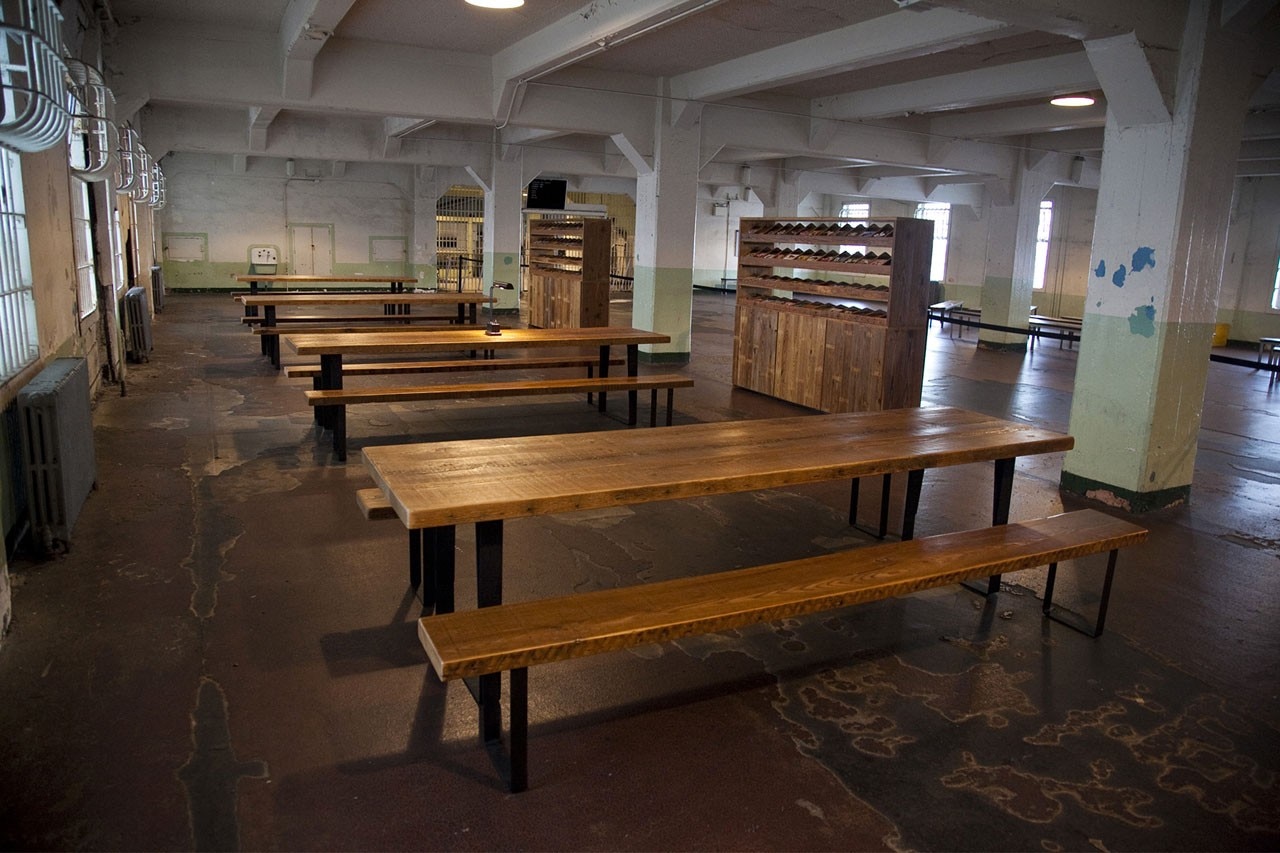
ai-yours-truly-1
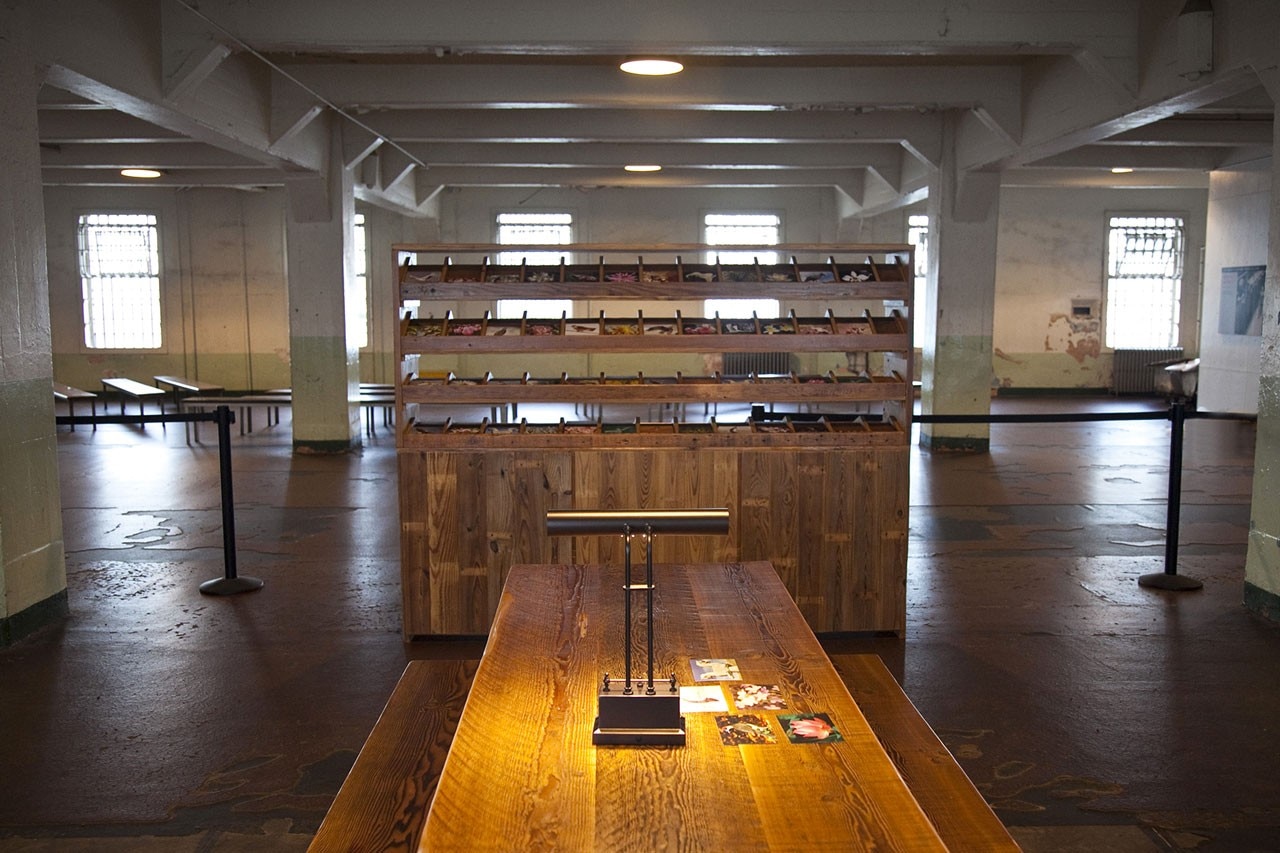
ai-yours-truly-2
until April 26, 2015
@Large
Ai Weiwei on Alcatraz
commissioned by FOR-SITE Foundation
Alcatraz
San Francisco


